Curvafix Form Coffee Table
New curves from recycled plastic
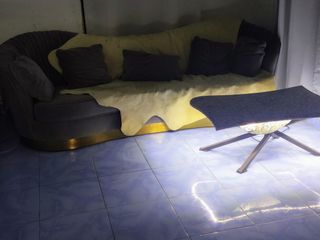 landscape
landscape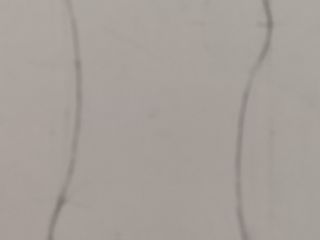 portrait
portrait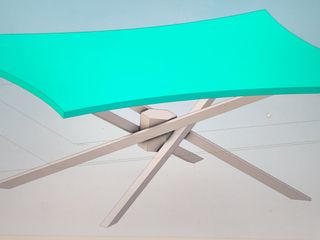 landscape
landscape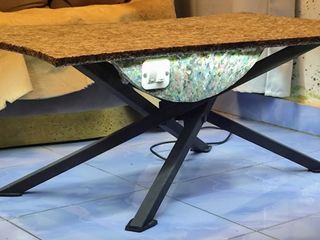 square
square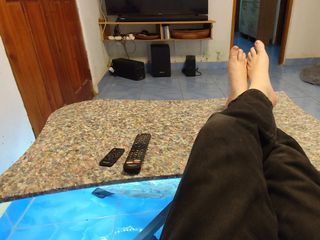 wide
wide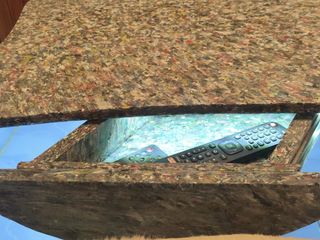 landscape
landscape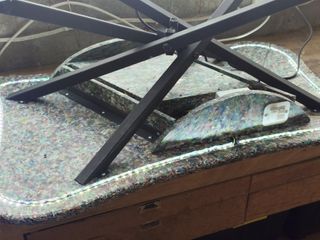 portrait
portrait
Curvafix form coffee table with under-table lighting.
How a pile of plastic became a curvy coffee table
I needed a coffee table, the existing one was
- a) boring and
- not actually a coffee table.
Looking around my lounge room it was clear that almost nothing in it had straight lines. Not the sofa, not the walls, not the people. So why would I want a table with straight lines?
I needed a coffee table that would conform to lived-in spaces
The answer took shape in a continuous flowing edge, designed to just 'fit' wherever it needs to be found. That was the table top. It would be made from Caltech's Circul-R board, a recycled plastic board that I knew could provide the form.
But the legs proved to be a challenge. They needed to be strong, but also light and not visually dominant. Which was not the design I came up with at first. The solution was a set of steel spider-like legs, each ending in a custom 3D printed foot, designed to be stable on uneven floors. Nothing in this place is straight remember.
The plan was always to have LED underlighting following the tabletop's curve. However, I didn't want to bother with inventing a rechargable coffee table, so it became a piece of powered furniture, including a power socket integrated into the design, hidden away out of view. Finally, a drawer was added, because stuff has to go somewhere. This one moves in a way that makes the most of the cramped space between the spider legs.
The initial table top form was cut out with the CNC including the slot for the LEDs. But experience with the Circul-R board has taught us that the CNC only starts the job, regular power tools will finish it.
Several custom jigs to get the leg geometries correct, plus a far amount of head scratching, and the table was assembled.
The end result "fits".
With the LEDs on, and the lights out, the table just seems to levitate. The slot for the LEDs was probably cut too deep, but ironically I think this has helped an effect where the tabletop seems to glow ever so slightly.
Another deliberate feature of this design is that it can be flat-packed for transport.